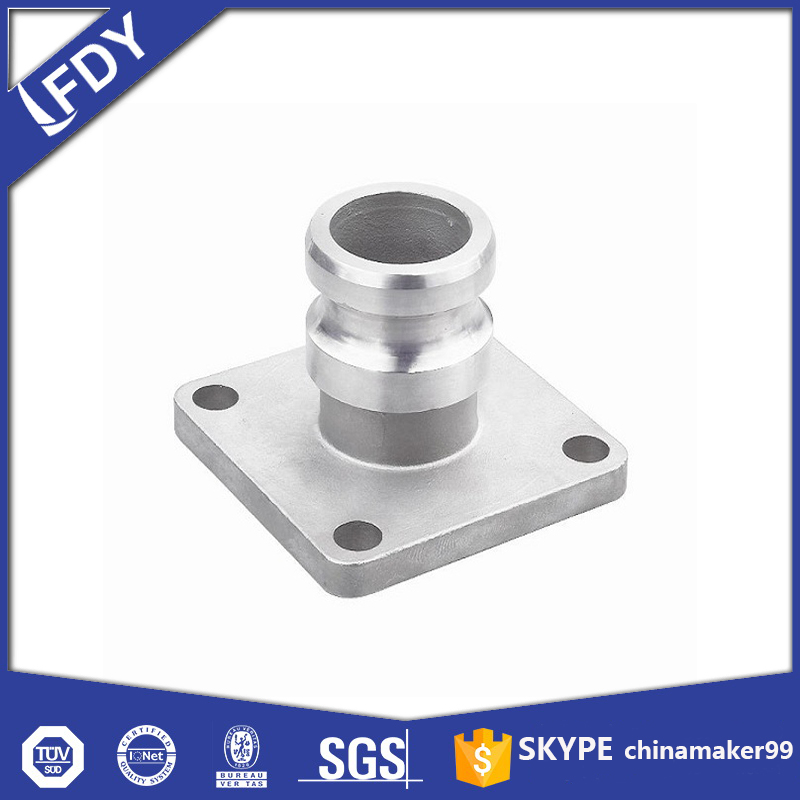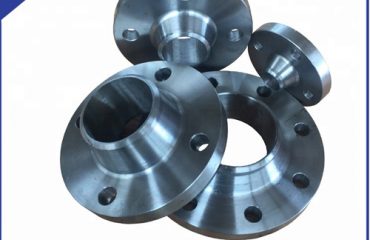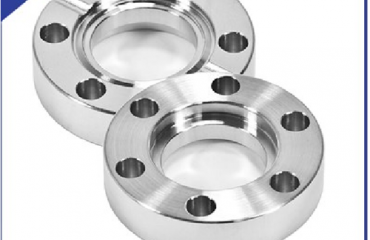
Special flanges are not just modified versions of standard flanges—their uniqueness starts from manufacturing and extends to solving industry-specific problems. Unlike mass-produced standard flanges, special flanges require tailored processes, face distinct challenges, and are evolving with new technologies. This article explores their unique manufacturing methods, common issues and solutions, and emerging trends.
Unique Manufacturing Processes
Forging for High-Strength Needs
Many special flanges, especially those used in high-pressure sectors like oil and gas, rely on forging. This process involves heating metal (such as carbon steel or alloy steel) to high temperatures and shaping it under extreme pressure. Forging eliminates internal defects like porosity, creating a dense, strong structure that can withstand up to 20,000 psi. For example, special flanges for subsea pipelines are forged with extra thick walls—up to 50mm—to resist deep-sea pressure. Unlike casting, which may leave weak spots, forging ensures uniform material strength, critical for flanges in life-or-death applications.
3D Printing for Complex Shapes
Custom special flanges with intricate designs, like those used in aerospace fuel systems, often use 3D printing (additive manufacturing). This technology allows the creation of flanges with internal channels or irregular shapes that traditional methods can’t achieve. For instance, a 3D-printed titanium special flange for a rocket engine weighs 40% less than a forged one while maintaining the same strength. 3D printing also reduces waste—only the necessary material is used—and shortens production time from weeks to days, making it ideal for small-batch, complex special flanges.
Machining for Precision
After forging or 3D printing, special flanges undergo precision machining. Computer Numerical Control (CNC) machines trim the flanges to exact dimensions, with tolerances as tight as ±0.01mm. This is crucial for flanges in semiconductor manufacturing, where even a tiny misalignment can disrupt fluid flow. Machining also creates smooth sealing surfaces—some special flanges have a Ra (roughness average) of 0.2μm, ensuring a leak-proof seal when paired with high-performance gaskets.

Common Issues and Solutions
Leakage at Sealing Surfaces
Leakage is a top problem for special flanges, often caused by uneven sealing surfaces or mismatched gaskets. For example, in chemical plants, a special flange with a damaged sealing face may leak corrosive fluids. The solution lies in two steps: first, use a laser scanner to check the surface flatness—any deviation over 0.1mm requires re-machining. Second, select gaskets based on the fluid and temperature; for high-temperature steam systems, metal-reinforced graphite gaskets work better than rubber ones. A case study in a power plant showed that replacing old gaskets with compatible ones reduced flange leakage by 85%.
Bolt Loosening Under Vibration
Special flanges in industrial pumps or rotating machinery face constant vibration, which loosens bolts over time. This can lead to leaks or even flange detachment. The fix involves using lock washers or thread-locking adhesives, but for extreme vibration (like in mining equipment), special flange designs with integrated bolt retainers are used. These retainers hold bolts in place, preventing rotation. In a mining operation, switching to flanges with bolt retainers reduced unplanned downtime due to loose bolts by 60%.
Corrosion in Marine Environments
Special flanges in offshore platforms are exposed to saltwater and humidity, leading to rust and pitting. Traditional painting only provides temporary protection. A better solution is thermal spray coating—applying a layer of zinc or aluminum alloy to the flange surface. This coating acts as a barrier, preventing saltwater from reaching the base metal. Additionally, some special flanges use duplex stainless steel (a mix of austenitic and ferritic steel), which has twice the corrosion resistance of standard stainless steel. In a coastal desalination plant, coated special flanges lasted 15 years without significant corrosion, compared to 5 years for uncoated ones.
 Language
Language Espanol
Espanol English
English Italian
Italian عربى
عربى
 Skype: chinamaker99
Skype: chinamaker99  Tel: 86-316-5120812
Tel: 86-316-5120812  Email:
Email:  Whatsapp:
Whatsapp: 
